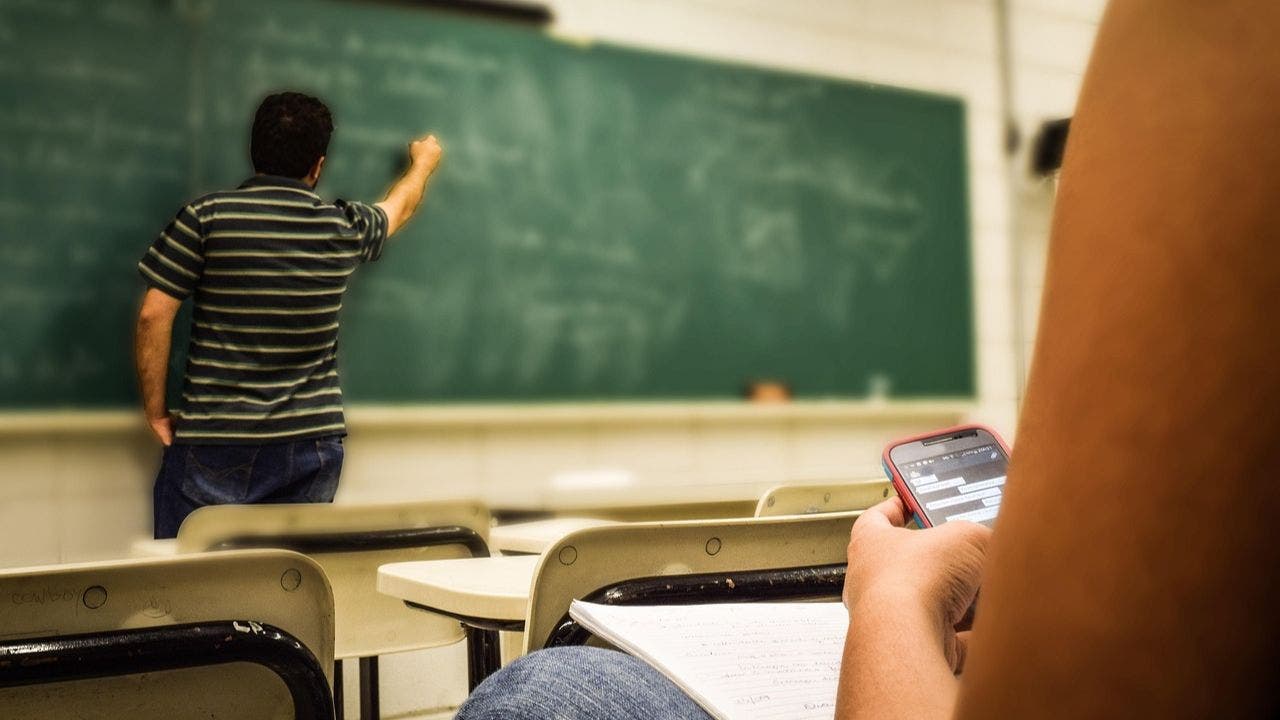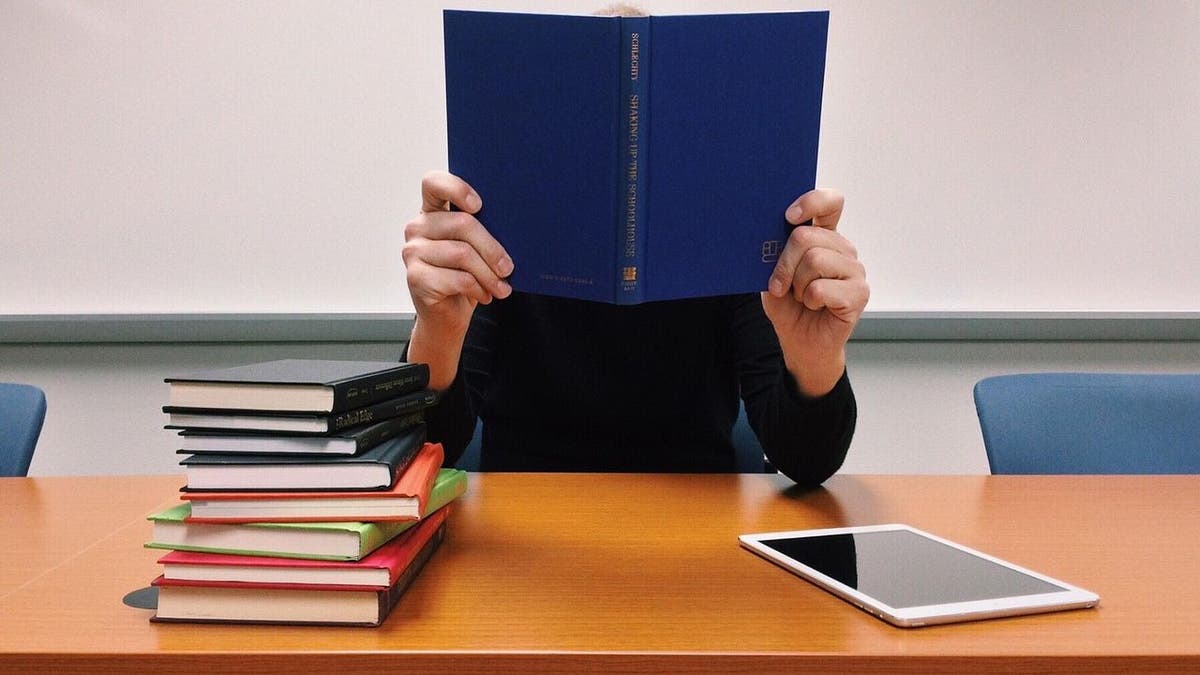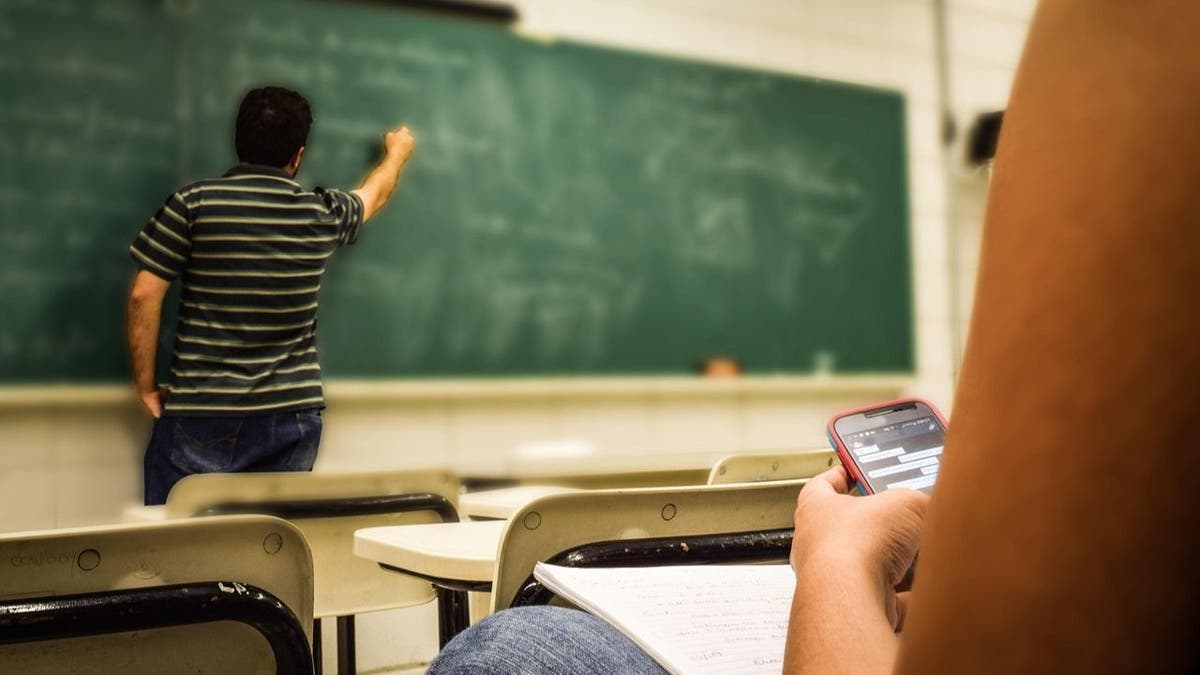Schools turn to handwritten exams as AI cheating surges

NEWYou can now listen to Fox News articles!
The rise of artificial intelligence in education is forcing schools and universities to rethink everything from homework policies to how final exams are administered. With tools like ChatGPT now widespread, students can generate essays, solve complex math problems or draft lab reports in seconds, raising urgent questions about what authentic learning looks like in 2025.
To fight back, some schools are turning to an unlikely solution: pen and paper. The old-school “blue book,” a lined booklet used for handwritten test answers, is staging a comeback, according to reporting from The Wall Street Journal. And while it might seem like a relic of a pre-digital era, educators say it’s one of the most effective tools they have to ensure students are actually doing their own work.
Sign up for my FREE CyberGuy Report
Get my best tech tips, urgent security alerts and exclusive deals delivered straight to your inbox. Plus, you’ll get instant access to my Ultimate Scam Survival Guide — free when you join my CYBERGUY.COM/NEWSLETTER
FOX NEWS AI NEWSLETTER: CHATGPT REWIRING YOUR BRAIN
How common is AI cheating in schools today?
While it’s difficult to measure precisely, recent surveys suggest up to 89% of students have used AI tools like ChatGPT to help with coursework. Some admit to using it only for brainstorming or grammar fixes, but others rely on it to write entire papers or take-home tests. As reported, the spike in academic dishonesty has left faculty scrambling to preserve academic standards.
Universities have reported a sharp rise in disciplinary cases tied to AI, but many incidents likely go undetected. Detection software like Turnitin’s AI writing checker is being used more widely, but even those tools admit their systems aren’t foolproof.
WHAT IS ARTIFICIAL INTELLIGENCE (AI)?
Why AI cheating in schools is so hard to detect
One reason this trend is so hard to police is that generative AI has become surprisingly good at mimicking human writing. Tools can tailor tone and style and even match a student’s previous work, making plagiarism nearly impossible to identify without sophisticated forensics or human intuition.
In blind tests, teachers have often been unable to distinguish between human and AI-written responses. Making matters worse, some schools that initially tried detection software have started abandoning it due to accuracy concerns and privacy issues.

Why schools are bringing back blue books to stop AI cheating
In response, a growing number of professors are bringing exams back into the classroom, with pen and paper. Schools like Texas A&M, University of Florida and UC Berkeley have all reported surging demand for blue books over the last two years. The logic is simple: If students have to write their essays by hand during class time, there’s no opportunity to copy from ChatGPT or another AI assistant. It’s not just nostalgia; it’s a strategic shift. In-person, handwritten exams are harder to game, and some instructors say the quality of student thinking actually improves without digital shortcuts.
Are handwritten exams enough to stop AI cheating in schools?
Still, not everyone is convinced this is the answer. Critics argue that relying on in-class, timed writing may shortchange students on deeper research skills and analytical thinking, especially for complex topics that benefit from time, revision and outside sources. Plus, blue books do little to prevent AI misuse on homework, group projects or take-home essays.
Should schools ban AI tools or teach responsible use?
Some educators are pushing for a more balanced response: Instead of banning AI tools, teach students how to use them responsibly. That means integrating AI literacy into the curriculum, so students learn where the line is between inspiration and plagiarism and understand when it’s appropriate to use tools like ChatGPT or Grammarly.
“AI is part of the professional world students will enter,” said one university dean quoted in The Wall Street Journal. “Our job is to teach them how to think critically, even with new tools in hand.”

What’s next in the fight against AI cheating in schools?
As AI tools evolve, so will the strategies schools use to ensure honest learning. Some are shifting toward oral exams, where students must explain their reasoning out loud. Others are assigning more process-based work, such as annotated drafts, recorded brainstorming sessions or group projects that make cheating harder. There’s no silver bullet, but one thing is clear: the AI genie isn’t going back in the bottle, and the education system must adapt quickly or risk losing credibility.
Kurt’s key takeaways
AI cheating in education has forced schools to take a hard look at how they assess student learning. The return of the blue book is a sign of just how serious the problem has become and how far educators are willing to go to protect academic integrity. But the real solution will probably involve a mix of old and new, using analog tools like blue books, embracing digital detection methods and teaching students why honest work matters. As AI continues to evolve, education will have to evolve with it. The goal isn’t just to stop cheating, it’s to make sure students leave school with the skills, knowledge and values they need to succeed in the real world.
If AI can do your homework and write your essays, what does it really mean to earn a diploma in the age of artificial intelligence? Let us know by writing to us at Cyberguy.com/Contact
Sign up for my FREE CyberGuy Report
Get my best tech tips, urgent security alerts and exclusive deals delivered straight to your inbox. Plus, you’ll get instant access to my Ultimate Scam Survival Guide — free when you join my CYBERGUY.COM/NEWSLETTER
Copyright 2025 CyberGuy.com. All rights reserved.






